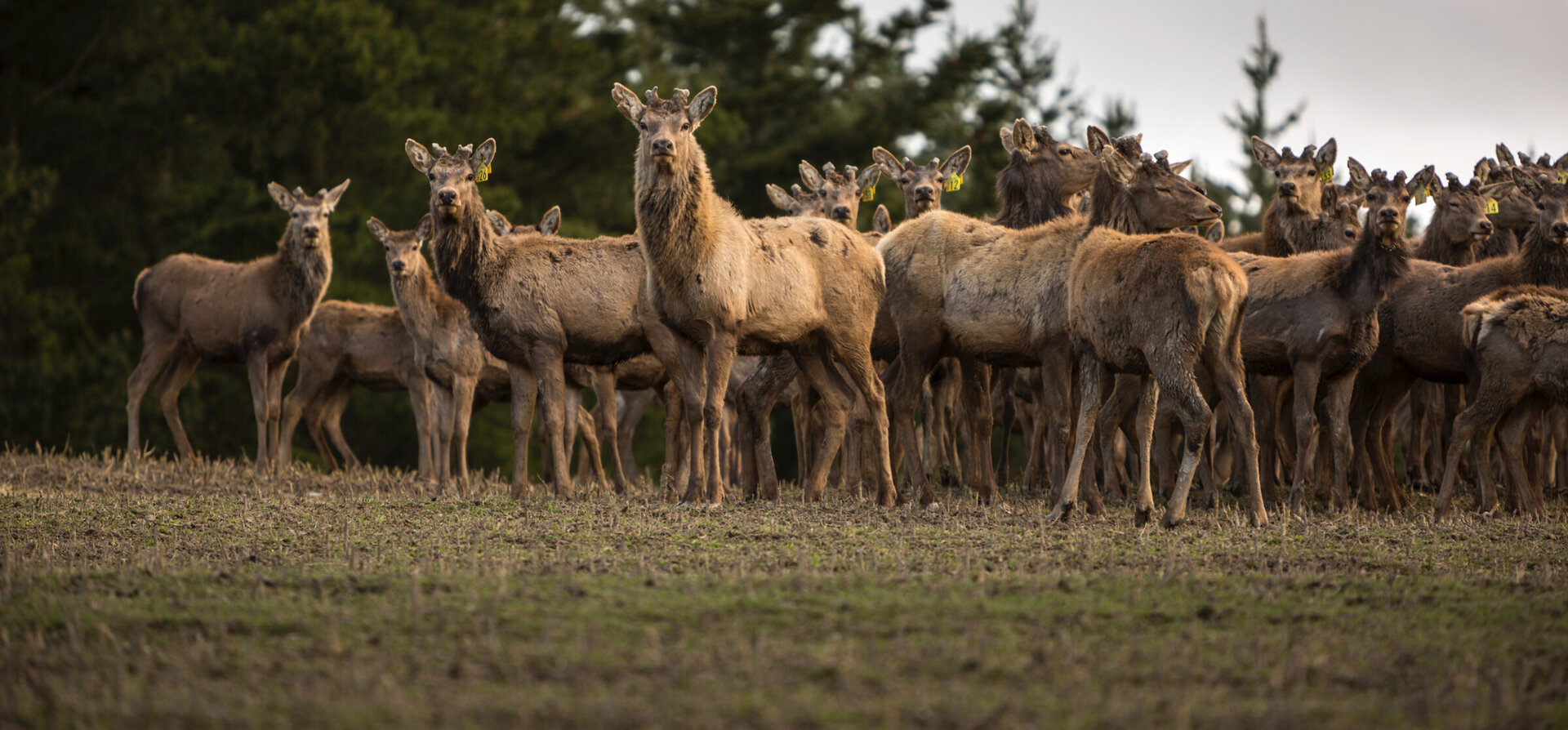OUR APPROACH
From the tail to the tip of the antlers, your Deer health is covered.
It’s a specialist passion and we’re stoked to be able to offer great vets and great services for the Deer Farmer.
This includes our skilled veterinarians who can remove velvet from young spikers through to mature stags. We are able to sedate and reverse animals if you do not have facilities that can safely immobilise the stag. Spikers can have NaturOrings applied the day of or the day before they go on the truck to the works, or the velvet can be removed at least a week before slaughter.
There’s a heap more we can help with too. As an accredited TB tester, we have you covered there. Scanning? We have the latest equipment and some very experienced team members who can help you identify dry animals early and, if needed, age pregnancies to sort into early or late mobs. This is also a prime opportunity to come out and make sure all is well, with no signs of pathology or disease.
Then there’s the dreaded Johnes disease. We'll help make sure all is well and your herd is as productive as it can be. Disease prevention and optimising health means best animal welfare and performance. We can help formulate a plan to minimise johnes in your deer operation.
THE BENEFITS
Why VetSouth is a great choice

We're locals
We’ve been in the lower South Island for decades. It’s where we’re from and where we raise our families.

Wide network
We’re plugged into the Veterinary world and our team can call on expertise from all over the world, then deliver it locally.

Handy clinics
We’re close to you for consults, supplements, supplies...whatever you need. Pop on in or organise a delivery.

INNOVATION & RESEARCH
A never ending quest for improvement and advancement
Researching animal welfare and pathology is a passion we share, with our work being used by industry bodies such as Dairy NZ, the Sustainable Farming Fund and Beef & Lamb.













